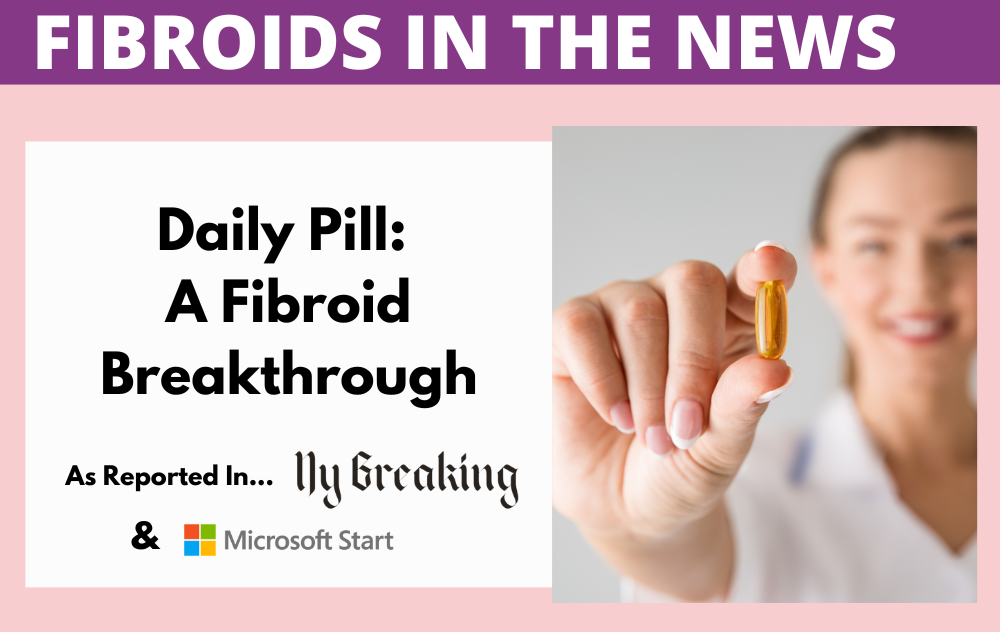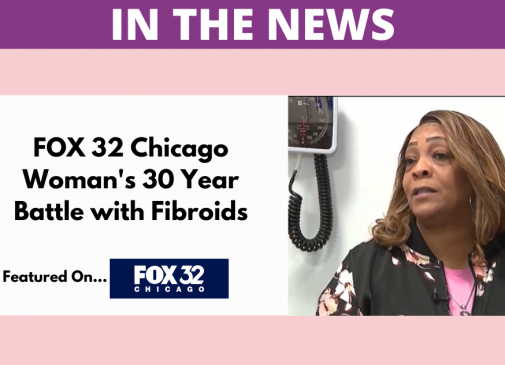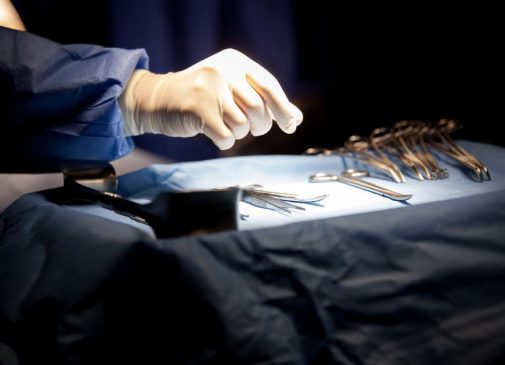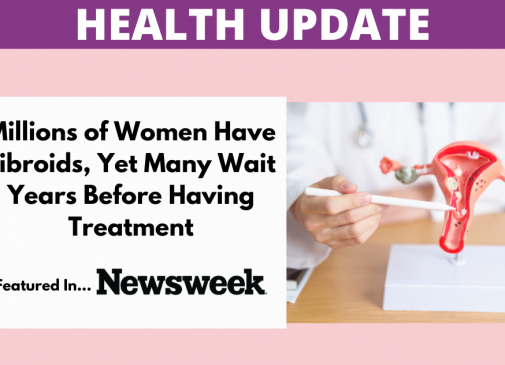
Recently, thousands of women in England received some hopeful news: a new daily pill prescribed through the NHS to alleviate the debilitating symptoms of uterine fibroids. The treatment, guided by the British National Institute of Health and Care Excellence (Nice), offers a new choice for at least 30,000 patients, helping them manage symptoms and shrink fibroids.
Linzagolix, also known as Yselty, reduces the release of hormones that control estrogen and progesterone production in the ovaries. This medication provides greater flexibility in care, as it can be taken with or without hormone therapy. This innovation means that healthcare providers can now offer more personalized treatment plans tailored to each woman’s unique needs.
Uterine fibroid, noncancerous growths that develop in or around the uterus, impact an estimated 80% of women by the age of 50. For many, symptoms are mild or nonexistent, but for others, they can lead to a severe decline in quality of life. Approximately one in three women experience symptoms such as heavy periods, lower back pain, and frequent urination, with severe cases potentially causing infertility or pregnancy complications.
Linzagolix isn’t the only medication making strides in fibroid treatment. In a personal blog post on Microsoft Start, Monique Little shared how her patient journey with fibroids took a positive turn with the introduction of Myfembree, an FDA-approved daily pill.
At 40, Little believed her painful and heavy periods were normal–a belief reinforced by her mother and physician. However, a routine wellness exam with a new OB/GYN led to a diagnosis of uterine fibroids.
Little’s doctor prescribed Myfembree, a daily medication that includes relugolix, estradiol, and norethindrone acetate, to manage her symptoms. This treatment allowed her to reclaim her quality of life without the disruption of heavy and painful periods, even as she contemplated starting a family through IVF.
Little’s story emphasizes the importance of self-advocacy and open communication with healthcare providers. Despite the challenges she faced at work and in her personal life, she successfully navigated her condition, finding a treatment plan that worked for her. Little now encourages others to speak openly about their menstrual health and explore available options.
Beyond medication, uterine fibroid embolization (UFE) is another effective treatment for fibroids. UFE is a minimally invasive procedure that blocks the blood supply to the fibroids, causing them to shrink. This option is particularly beneficial for women seeking a non-surgical treatment that preserves fertility and offers a quicker recovery time. For those suffering from moderate to severe fibroid symptoms, discussing UFE with a fibroid specialist could be a game-changer.
These advancements in fibroid treatment highlight the evolving landscape of women’s health. Whether through daily medication or innovative procedures like UFE, women have more options than ever before to manage fibroids and improve their quality of life. As we continue to break the silence around menstrual health, we must advocate for ourselves and each other, ensuring every woman has the support and care she needs.
Resources for Women’s Health
The Fibroid Fighters Foundation is a national non-profit organization dedicated to raising awareness, providing support, advocating for improved healthcare options, and empowering women to take control of their health when facing fibroids.
For more information and resources about uterine fibroids, visit Fibroid Fighter’s resource page, call (855) 455-5262, or email us at [email protected].
For the latest news on women’s health, follow us on www.instagram.com/fibroidfighters.
To read more about the UK’s new daily pill, click here.
To hear more about Monique Little’s story, click here.







